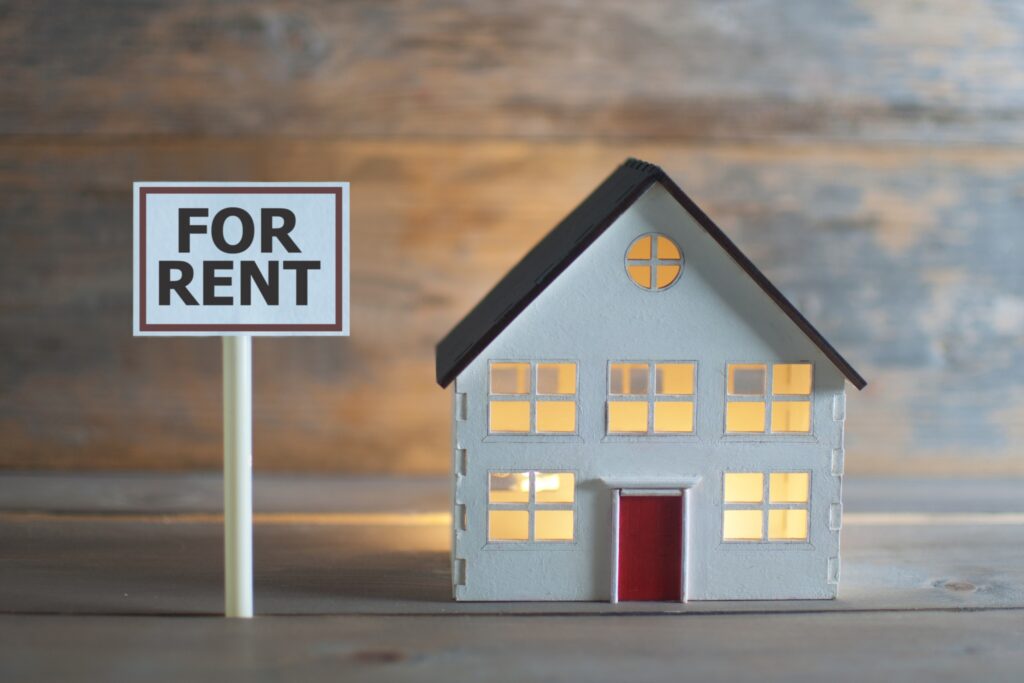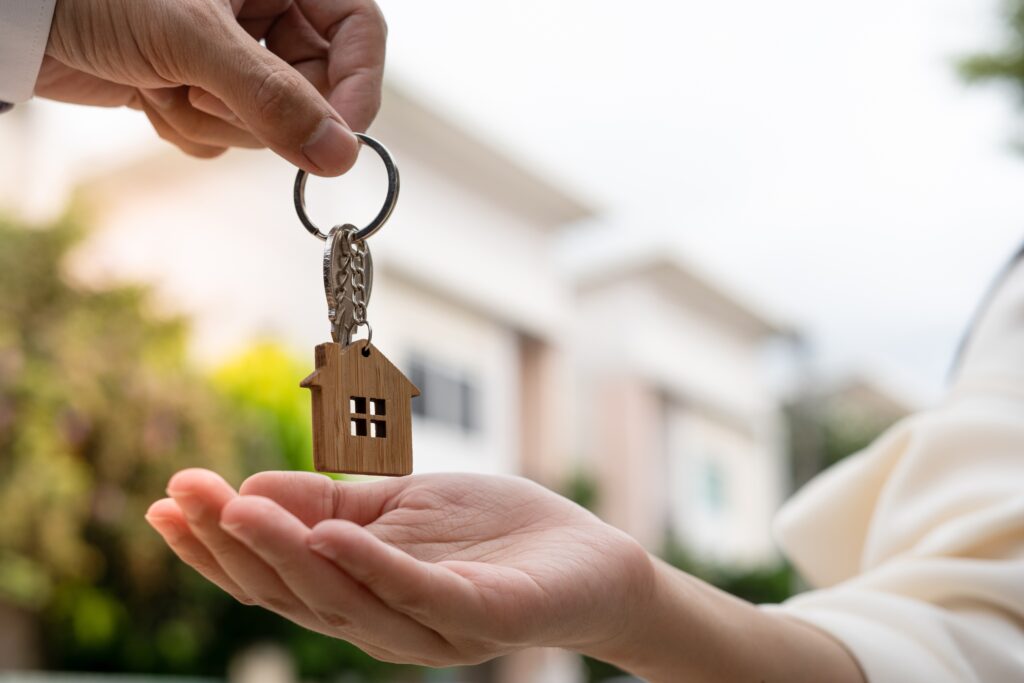
A New Era in Renting: Why Build-to-Rent Communities Are Surging in Popularity
Build-to-rent (BTR) communities have emerged as one of the most significant shifts in modern housing, offering a practical solution for residents who want high-quality living without the pressure of ownership. These purpose-built neighborhoods are designed specifically for long-term renters, providing amenities and architectural standards once reserved for premium apartment complexes. As urban populations continue to grow and housing shortages affect major cities, BTR communities give residents greater flexibility while maintaining the comfort and lifestyle previously associated with homeownership.
This trend reflects deeper changes in how people live and plan for their futures. Many renters value mobility, predictable monthly expenses, and minimal maintenance responsibilities. Instead of committing to mortgages or rising property prices, individuals can enjoy professionally managed homes with access to gyms, coworking spaces, communal lounges, and outdoor areas. The demand for such environments has grown rapidly, especially among young professionals and families who want stable, community-oriented living without long-term financial commitments. As cities continue to evolve, the build-to-rent model stands out as a practical, modern response to shifting housing needs.
Understanding the Appeal: Why Renters Are Choosing Community-Focused Living
The appeal of build-to-rent communities lies in their ability to create structured, supportive environments that meet the needs of diverse residents. Unlike traditional rental housing, which often consists of scattered units managed by different landlords, BTR developments are intentionally designed with consistent layouts, predictable standards, and on-site property teams. This level of organization ensures a smoother rental experience, reducing maintenance delays, safety concerns, and unclear management policies.
These communities also emphasize social connection. Shared spaces such as fitness centers, rooftop lounges, pet parks, and coworking areas encourage interaction among neighbors. This aspect of communal living has become increasingly important, especially in large cities where residents often feel disconnected. By aligning with urban housing market insights, BTR developments draw attention to what modern renters value most: connection, convenience, and stability. With predictable rental contracts and lifestyle-focused amenities, these communities cater to people who want quality living without the unpredictability often found in the broader rental market.
The Investment Perspective: Why Developers and Investors Are Expanding BTR Projects
Build-to-rent communities are not only popular among renters—they also appeal strongly to investors and developers seeking long-term, predictable returns. Traditional housing markets can fluctuate significantly due to economic cycles, but rental demand remains consistently strong. This reliability makes BTR a highly attractive asset class, offering stable occupancy rates and steady income streams. With urbanization on the rise, cities across the world continue to face shortages of quality rental housing, further increasing demand for professionally managed developments.
Investors also value the scalability of BTR projects. Rather than managing scattered rental properties, they can oversee entire communities built specifically for rental purposes. This improves operational efficiency, reduces maintenance costs, and ensures consistent standards across units. Government incentives and zoning adjustments in some regions have also contributed to the growth of BTR, as policymakers acknowledge the need for housing models that address rising population density. As developers respond to these incentives, the build-to-rent market continues to expand at a pace unmatched by many other property categories.
Lifestyle Amenities: How BTR Communities Enhance Daily Living
Lifestyle appeal plays a major role in the growing influence of build-to-rent developments. These communities typically include amenities that were once exclusive to luxury condominiums—gym facilities, co-working lounges, private gardens, secure storage, and dedicated entertainment areas. This shift reflects the evolving priorities of renters who want more than just a place to sleep; they want spaces that support their routines, hobbies, and professional lives.
Amenities alone, however, do not define build-to-rent living. Daily convenience is equally important. Many BTR neighborhoods incorporate smart home technology, secure package delivery systems, responsive property management, and well-maintained outdoor areas. These elements create environments where residents feel valued and supported. Families, remote workers, and young professionals all benefit from this intentional design. By enhancing everyday comfort and functionality, BTR communities position themselves as a superior alternative to traditional rentals that may lack modern upgrades or organized infrastructure.
Affordability and Stability: Addressing Housing Challenges in Urban Markets
Urban centers around the world continue to face rising property prices, making homeownership less accessible for many people. Build-to-rent communities offer an alternative that balances affordability with quality. Monthly rent may be comparable to traditional rentals, but the added value of amenities, maintenance services, and community features creates a more stable and appealing experience. Renters know what to expect financially each month without worrying about sudden repair costs or fluctuating mortgage rates.
This stability is especially important for those who want to live near employment hubs, transit networks, and cultural districts but cannot afford to purchase property. BTR developments provide homes that align with modern lifestyles—efficient layouts, flexible lease terms, and strategic locations. As urban housing challenges continue to grow, build-to-rent communities offer a practical, scalable solution for residents who want to maintain a balanced, predictable lifestyle in increasingly competitive markets.
Future Expansion: Why BTR Is Set to Shape the Next Generation of Urban Living
The expansion of build-to-rent communities shows no signs of slowing. As cities grow and populations become more diverse, demand for high-quality rental housing will remain strong. BTR developers are already exploring new variations of the model, including eco-friendly designs, mixed-use developments, and technology-integrated neighborhoods. These innovations help communities stay relevant while responding to evolving environmental, social, and economic trends.
Global market analysts predict that BTR will continue to rise due to its adaptability and long-term financial stability. It aligns naturally with demographic shifts, including increased mobility, delayed homeownership, and changing work patterns. In many regions, governments now recognize BTR as a key component of urban planning strategies. With these factors combined, build-to-rent communities are positioned to redefine how cities grow, develop, and support their residents.

Conclusion: Why Build-to-Rent Communities Represent a Smarter Future for Urban Housing
Build-to-rent communities offer a modern, practical response to the challenges shaping today’s property market. By combining professionally managed living spaces with lifestyle-oriented amenities, they provide a reliable alternative to homeownership that meets the needs of diverse renters. Their stability, community design, and long-term investment potential make them attractive to both residents and developers, strengthening their role in evolving urban environments. As affordability concerns rise and cities continue seeking sustainable housing solutions, BTR developments provide comfort, structure, and flexibility without compromising on quality. This changing landscape reflects a broader movement toward adaptable living—one where people prioritize convenience, community, and long-term stability. By exploring opportunities shaped through comprehensive global overview and embracing lessons from regions where BTR thrives, the next generation of urban housing is poised to deliver smarter, more thoughtful living for millions of residents.
